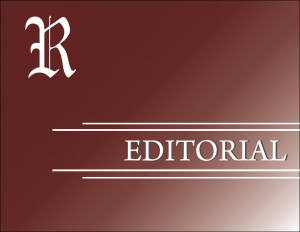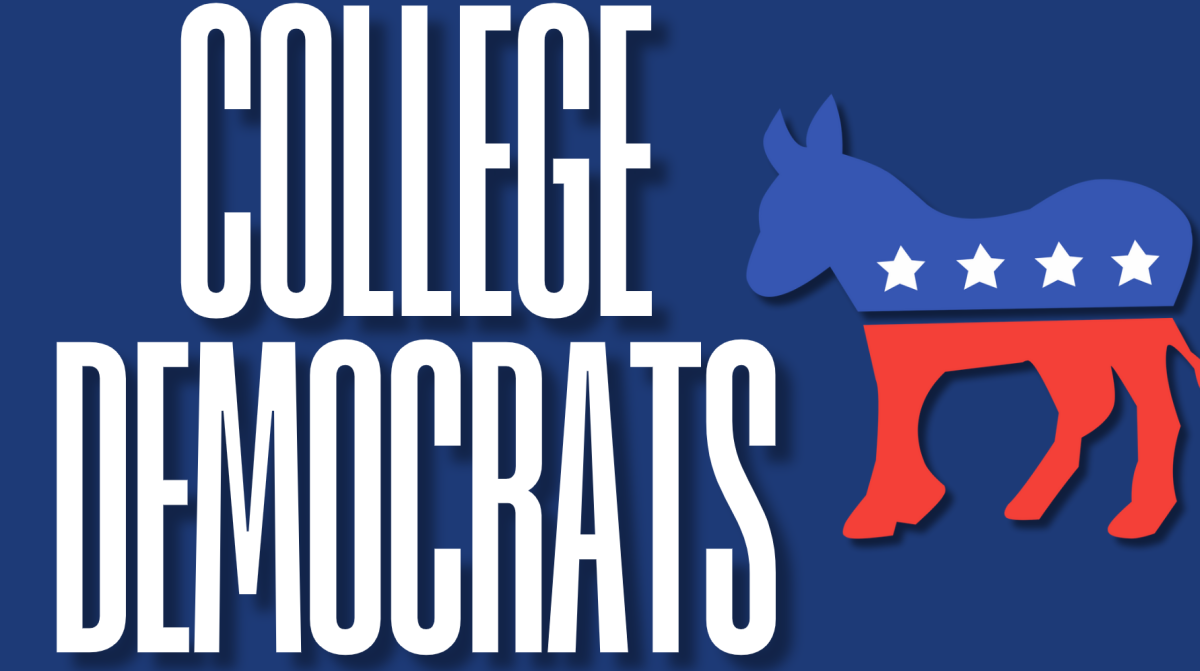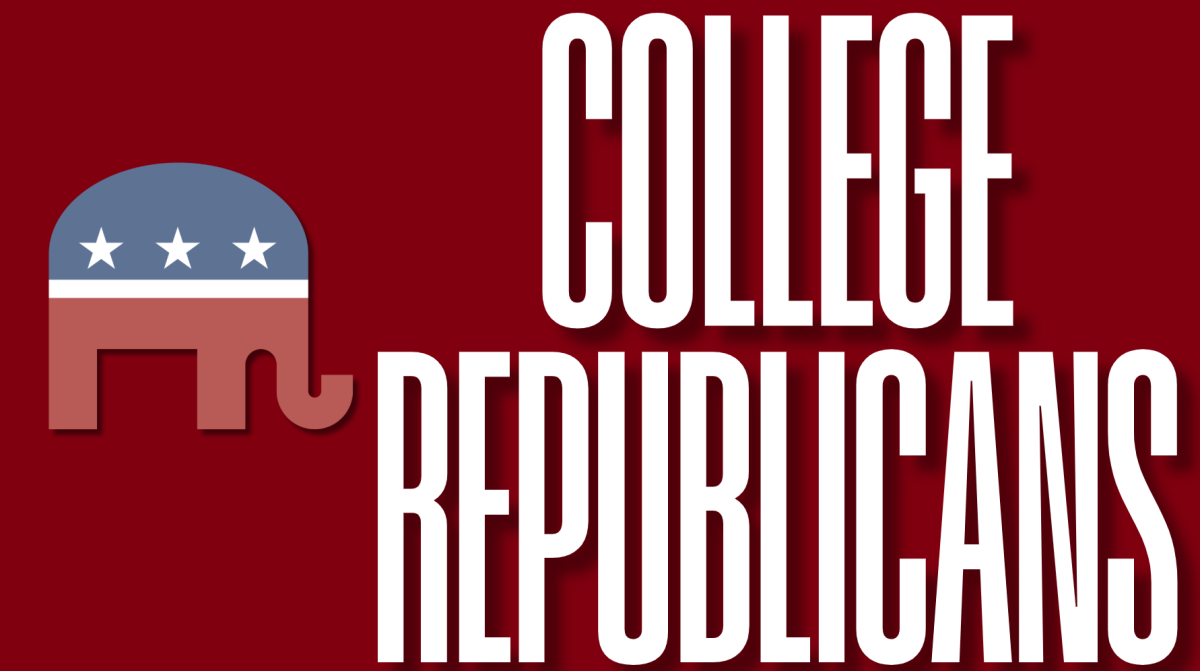
We at The Fordham Ram would like to applaud the hundreds of Boston College students and faculty that partook in the “Silence is Still Violence” march on their campus. It was their second protest in a week in response to the defamation of five Black Lives Matter posters in a dorm building, and to how the university responded to the incident.
Fordham is no stranger to racial bias incidents. Similar, and arguably worse, bias incidents have occurred on Fordham’s campus in recent years. There were five bias incidents in the span of 2015-16 school year. The year began with the n-word being scratched on a black student’s door, followed by a backwards swastika the same week, both in Martyr’s Court Lalande. There were another two swastikas found on Lincoln Center’s campus by March, and video caught of loud, racist chants from an off-campus Fordham party. In the 2016-17 school year, a whiteboard hanging on students’ door was vandalized with a homophobic comment in Finlay, and a poster endorsing white supremacy was found in Dealy. This past summer, a swastika was found in Tierney Hall.
Why did we, as Fordham students, faculty and staff, not respond with the same multitude as Boston College? Where were the hundreds of students walking out of class when a black Fordham student’s door was defamed? We can always write about how we should protest more and stick up for our fellow students. While this is important, it is crucial to find the root of the problem. The problem, we believe, is in part due to the strained relationship between Fordham students and the administration. We argue that in this relationship, Fordham’s administration has in recent years shown apathy and fear, which contributes to the campus culture.
The administration has addressed racial bias incidents on campus only to save its reputation. An email to the University community has been a popular response to the several bias incidents in recent years. While these emails serve to save face, they do very little to change the culture of racism on campus. An example of such happened in the 2015-16 school year. Students reported a display of lynching on Lincoln Center’s campus, which was met by an email from Public Safety with a zoomed in picture of the mask’s face to prove that it was not a bias incident, rather than addressing the picture that upset students in the first place. These bias incidents are acknowledged via email but then swept away weeks, months and years later. The administration in this way does not fight and not heed the wounds for its students felt unsafe by these incidents, but instead heeds the wounds of its stature.
This apathetic response is connected to the ongoing fear of the Bronx community on campus. Fordham’s Rose Hill campus, one of the most expensive in the world, is located in one of the poorest areas of the country. Rather than working to educate all members of the Fordham community about social justice issues in the Belmont community, some Fordham admin perpetuate the misinformed fear of the area we live in. This fear is a part of our physical environment, visualized by the gates surrounding our campus. Besides the Public Safety email alerts, Fordham administration does not do enough to inform students about the Bronx community. The Bronx Zoo and Arthur Avenue, though popular places for Fordham admin and students alike, are not the only things to learn about the South Bronx.
The lack of information about said community translates into Fordham students’ highly encouraged community service projects. Although these projects are well-intentioned, they often have more paternalistic and self-serving motives. As Megan Townsend, FCRH ’18, writes in her piece “Magis: A Challenge to Jesuit Universities” in The Flood, these projects “often [overlook] the excellent justice work being done by Bronx residents.” These projects accomplish little to create relationship between the Belmont community and the Fordham community, where outreach outweighs the community’s desires from Fordham students.
These apathetic responses by the Fordham administration and the fear of people living in poverty beyond the gates contributes to how the Fordham student body chooses to react to these bias incidents on campus. We are taught by example to be apathetic, we are taught to fear, and we are not encouraged to change. While we repeat the Jesuit values, we do not act upon them. While conversation between students regarding change is prominent on campus, it is not sufficient.
Therefore, we at The Fordham Ram encourage the Fordham student body to join us in holding the administration partially accountable for this culture, and to say that we are not going to be a part of such culture anymore. We encourage more dialogue directly with administration to mend the gap and to express how we feel about campus culture in a civil manner. It is also important to live out the Jesuit values so embedded in the mission of our school, not just through words but in action. We must continue to learn through all other means possible, whether it be through resources on campus or off. However, we must always learn with compelling minds and open hearts.







































































































































































































Anthony Baritone • Oct 31, 2017 at 1:24 am
Off with their heads!